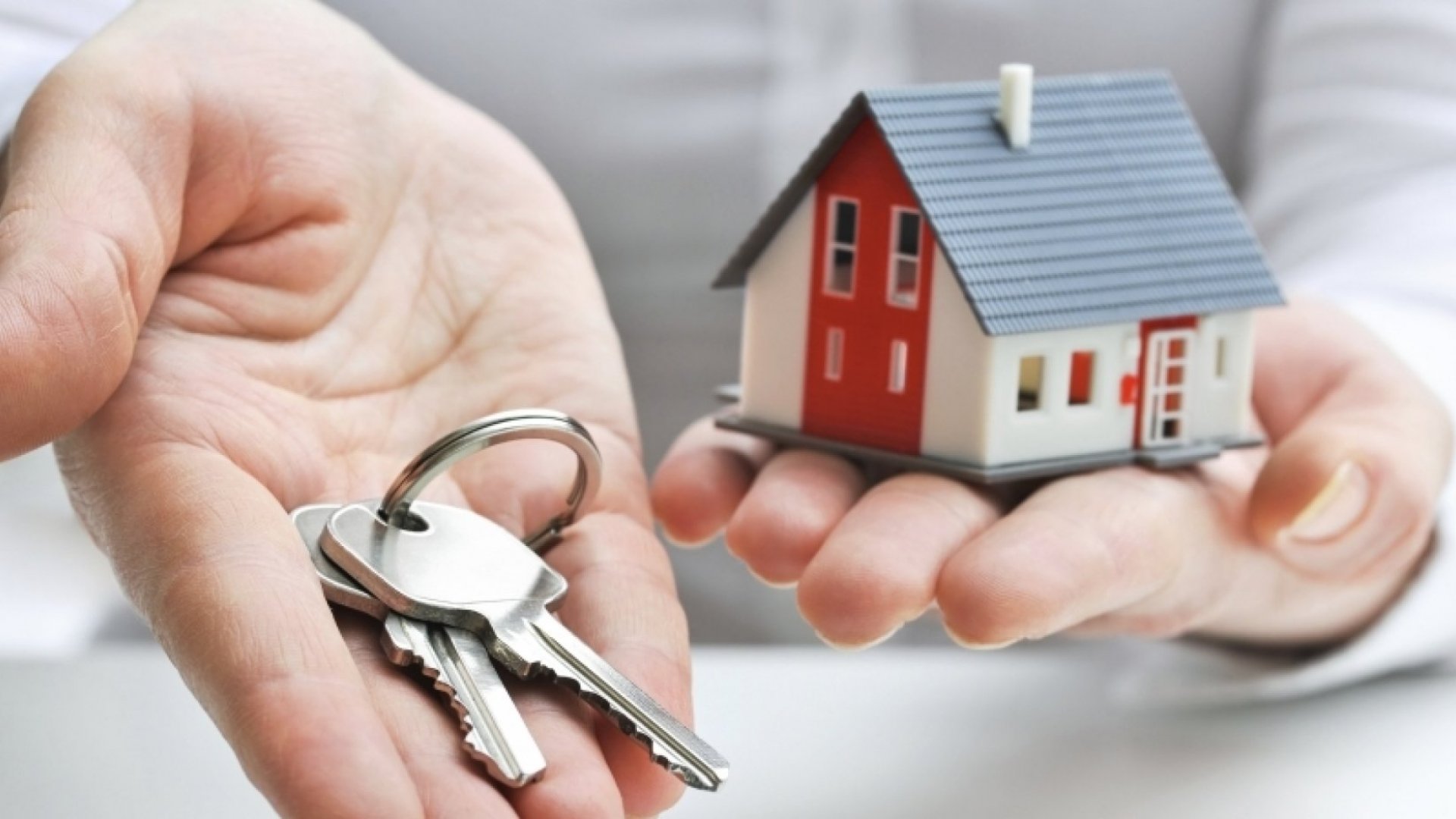While the property has proven itself to be arguably the best tool to build wealth, it comes with additional costs that you need to consider, particularly if you’re a first-time homebuyer or investor. Fortunately, it can be pretty expensive to transact property in Australia, offset by the remarkable growth in values we’ve seen over the decades. However, when you’re trying to purchase a property and you’re already stretched with what you can borrow, it’s essential to have a clear idea of what you will have to pay on top of the cost of the property itself.
Stamp Duty
While it could be argued that stamp duty is not a hidden cost, you certainly have to factor it in, as it adds significantly to the price you’re paying for a property. Generally, stamp duty will be around 4% of the property’s value, usually spent around the time of settlement. However, the actual time it needs to be paid varies for each state, as stamp duty is a state-based tax. The introductory rate is also different for each state. Fortunately, first-home buyers can often avoid this cost as they are exempt from meeting specific criteria.

Conveyancing and legal fees
The process of finalizing all the paperwork and facilitating the final transfer of funds is known as conveyancing. When you buy a property, you usually hire a conveyancer (a settlement agent) to help with that process. Hiring a professional is generally around $1,000, but this number will vary. It is possible to do this yourself in some instances. However, it can be risky as you don’t want to make any mistakes or delay the process to incur further costs.
LMI
When borrowing money from a bank, they usually like to see that you can provide a minimum 20% deposit. This shows them you can handle money well and provides a buffer in the event of a house price fall or if you default on your repayments. It is possible to borrow more than 80% from a bank. However, you will be forced to pay Lenders Mortgage Insurance (LMI), a one-off insurance premium to protect the lender. This can be upward of $10,000 and varies depending on how much you want to borrow, where the property is located, and the LVR.
Loan Application Costs
Several bank/lender fees come with taking out a loan. Not only will you have to pay interest, but there will be things like loan application/setup fees or transfer fees. In a competitive lending environment, these fees can sometimes be reduced, but you should expect to pay around $500 for a standard type of loan.
Valuation Fees
When applying for a loan, getting approval is usually subject to a satisfactory bank valuation of the property. Here, an independent valuer will value your property to ensure the price you paid for it is reasonable. The cost to you is the price of the valuation, which is usually around $400.
Building and Pest Inspection
In most states, a standard clause in the offer and acceptance form is subject to a satisfactory building and pest inspection. This is a check by a licensed professional that tells you that the property is structurally sound without any issues. These reports will cost around $500.
Insurance
After you’ve purchased a property, you will almost certainly want to take out various types of insurance. If you own a freestanding home, you would like home insurance. If you are buying into a strata complex, this might be covered under the strata fees. If you are renting the property out, you might want rental insurance. Otherwise, you might need contents insurance as an owner-occupier. You can also look at income insurance, which would assist you if you lost your income and could not repay.
Council rates and other levies
One cost that will continue to hit you yearly is that from the council. You are also forced to pay for water and the associated sewerage costs. Before buying a property, you should always check with the local board to see if any upcoming special levies have not been mentioned. There are instances where a committee will issue a special levy for some major works that need doing.
Property Management
If you choose to rent your property out, you must factor in the costs of hiring a property manager if you do not take this on yourself. The prices vary between states, but you can expect to pay around 5-10% of the rental income. However, the other hidden costs include leasing fees like property inspections and admin fees. When you first lease a property through a property manager, expect to pay around three weeks’ rent upfront in fees and costs for things like photography.
Strata Fees – Sinking Fund/Special Funds
If you buy into a strata building, you are likely required to contribute to the strata fees, which go towards the ongoing maintenance of the entire property or building. There are also sinking funds, which are put aside for larger projects or future care. In some cases, buildings will raise additional money for large projects like building-wide renovations that can be very expensive. Before buying a strata property, be sure to get a copy of the minutes of the general/annual meetings, as this will outline their plans. You can also order a strata report outlining all these costs.
Land Tax
Property owners must pay land tax each year in some areas of Australia. Again, this varies by state. We are also hearing reports of some states, such as NSW, that are looking at transitioning to a land tax or have the option of choosing between stamp duty and land tax.
















Leave a Reply